Green Hydrogen Energy
Technological Challenges & Solutions
The energy future begins today
With electricity prices breaking historical records and the climate emergency knocking at the door, the need to multiply clean energy production capacity is more pressing than ever.
Green hydrogen has become a key element for Europe to achieve climate neutrality by 2050. In the next ten years, we need to triple the generation of clean energies and increase hydrogen generation by fortyfold.
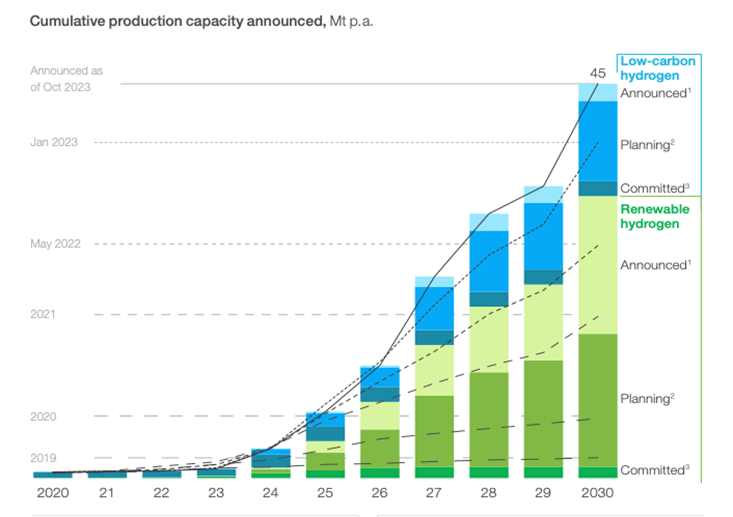
Source: Hydrogen Insights 2023, Hydrogen Council
What is “Green Hydrogen Energy”?
Green hydrogen comes from an electrolysis reaction produced in the H2O molecule thanks to the 100% participation of renewable energy, with a zero carbon footprint. Hence its name green hydrogen, as opposed to blue or gray hydrogen.
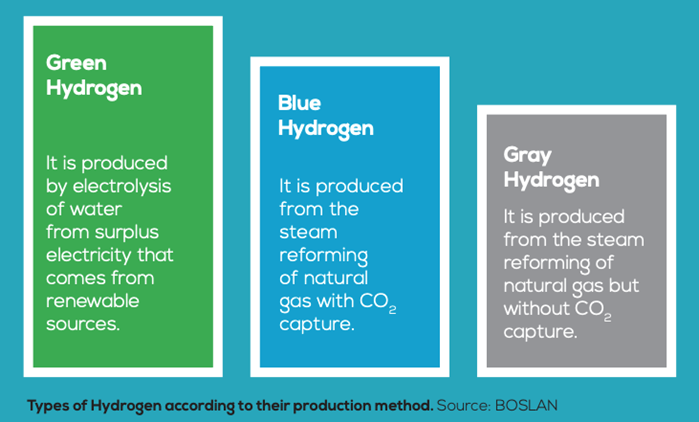
The Challenge of Offshore Generation
Offshore wind energy will quintuple its current production in Europe in the next decade, becoming a decisive player in countries with long coastlines such as Spain.
However, offshore generation presents numerous technological challenges. The swell, the corrosive effect of water, and the costs of the support solutions for the infrastructures hinder the development of marine wind energy. Its location far from the coast and without displaced personnel requires very high reliability of operations. The transport of hydrogen to land, whether by umbilical or by ships, implies high operational costs.
To minimize development and implementation costs in the design phase, a correct selection of the location for the generation installation must consider a balance between the best wind profile available in the area, the best support/foundation solution, the means of transport to be used for the hydrogen, and the possibilities for bunkering. In the operation phase, complete monitoring and remote operation of all elements contribute to savings in operational costs, the anticipation of failures and unexpected shutdowns, and an increase in the safety of operations.
DOWNLOAD OUR WHITEPAPER ON
Challenges and Solutions to
Offshore Green Hydrogen Generation
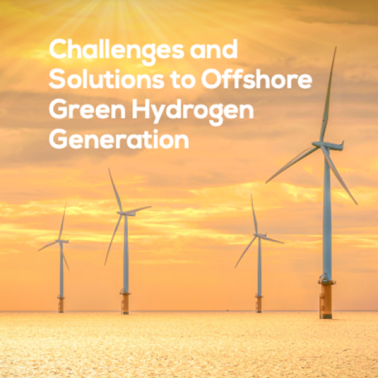
Challenges and Solutions in Hydrogen Storage and Transport
Nowadays, storage, transportation, and distribution can account for more than 50% of the total cost of the hydrogen chain, making one of the main challenges to scaling its use the development of technologies that reduce the costs of these stages.
Blending alleviates the problem of transport and distribution, but it does not serve as a long-term solution in the face of large-scale production. On the other hand, repurposing the existing gas network is viable under certain circumstances—such as terrestrial transport in high-pressure pipelines—but maritime transport presents more serious challenges.
DOWNLOAD OUR WHITEPAPER ON
Challenges and Solutions of
Green Hydrogen Storage and Transportation
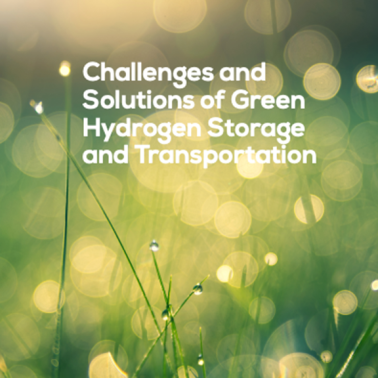
The Hyshore Project
BOSLAN leads the HYSHORE project “Experimental Development for the Transport and Logistics of Hydrogen generated in Offshore Wind Farms,” part of the HAZITEK program to support R&D in business by the Basque Government. HYSHORE gathers analytics on feasibilities for the best location of an offshore green hydrogen generation facility and includes the development of a Digital Twin that also allows for the analysis of capital and operational costs throughout its life cycle, forecasting amortizations based on the fluctuations of the electricity market, wind profiles, and the marketed green hydrogen.
The leadership of the HYSHORE project allows BOSLAN to develop its own know-how of the best solutions for the generation and transport of hydrogen in a marine environment. This project analyzes the technical feasibility of green hydrogen bunkering on offshore generation platforms. Alternatively, it examines the feasibility of connecting the green hydrogen platforms to land via umbilical conduits on the seabed for onshore storage, as well as the viability of loading hydrogen onto carrier ships as a short-term solution.
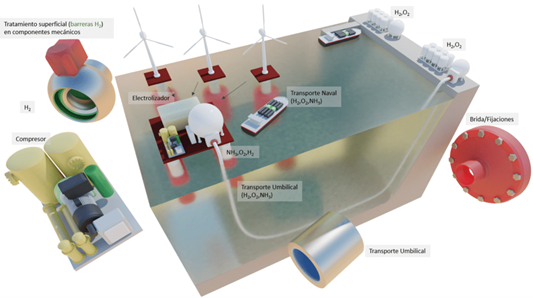

Pioneers in Green Hydrogen Engineering
BOSLAN is an engineering and consulting firm with more than 20 years of experience. It has offices in 6 countries and employs 750 people, who participate in projects in 30 countries, where they develop their services relying on the parent company or in association with local companies.
BOSLAN is a pioneer in the facultative management of hydrogen projects and has experience in the comprehensive management of renewable gas projects from their initial phase by conducting feasibility studies (technical-economic), through the project phase, developing the engineering and processing of permits and licenses, as well as in the construction phase by performing typical contracting engineering functions, drafting specifications and technical assistance in the purchase of equipment, in addition to the direction and supervision of the work.
DOWNLOAD OUR WHITEPAPER ON
Challenges and Solutions to
Offshore Green Hydrogen Generation

DOWNLOAD OUR WHITEPAPER ON
Challenges and Solutions of
Green Hydrogen Storage and Transportation

Are you looking for a trusted partner?
